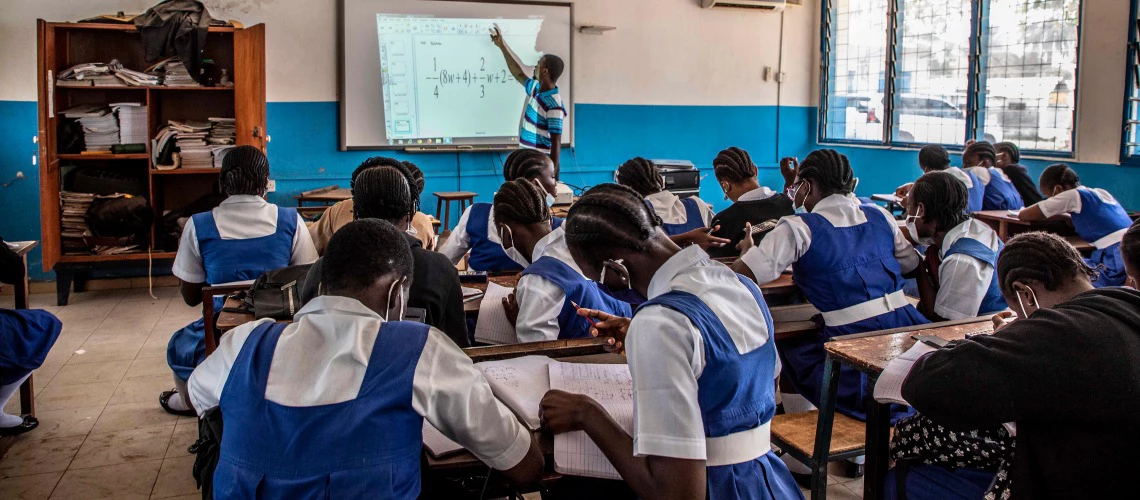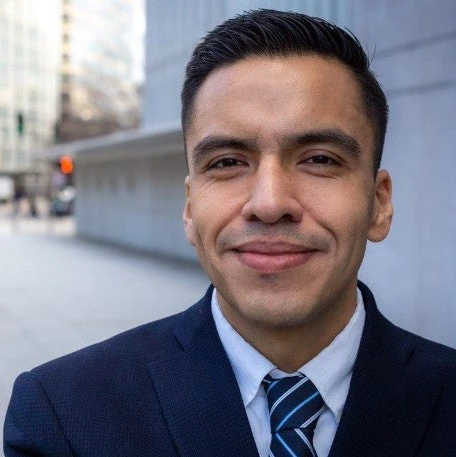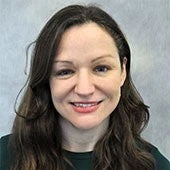 Teach Secondary is an adaptable, evidence-based tool to support secondary teachers and their students. Copyright: Jason Florio/World Bank
Teach Secondary is an adaptable, evidence-based tool to support secondary teachers and their students. Copyright: Jason Florio/World Bank
The World Bank's newly launched Teach Secondary tool offers insights into what works to enhance teaching quality in secondary classrooms across low- and middle-income countries. Developed through extensive research, practical piloting, and expert input, Teach Secondary provides education systems with an adaptable, evidence-based approach to understand and improve teachers' practices.
This blog distills three key lessons from the tool's development that can guide global efforts to support secondary teachers and their students.
Lesson 1: Tailored support is essential to address secondary teachers' unique challenges
The Teach Secondary project underscores that secondary teachers require specialized support to navigate the distinct challenges they face. Engaging adolescent learners in complex, abstract thinking while fostering their increasing autonomy and socioemotional growth is a tall order. In low-resource settings, crowded classrooms and wide-ranging student needs further complicate this task.
Teach Secondary responds with novel features fine-tuned to these realities. The expanded Time on Learning component captures learners' active participation – a critical indicator of adolescent engagement. The Critical Thinking element prioritizes students' reasoning and explanations, not just final answers. And an intensified emphasis on inclusion, grounded in Universal Design for Learning principles, spotlights teachers' central role in supporting diverse learners, including those with disabilities.
By delivering a nuanced, context-specific portrait of teachers' practices, Teach Secondary empowers education systems to provide the targeted support secondary teachers need as they equip youth for adulthood. The resulting data can inform professional development across the continuum, from induction programs to in-class coaching, building teachers' capacity to meet learners' evolving needs.
Lesson 2: Balancing a shared framework with local adaptation is crucial
Developing a globally relevant classroom observation tool requires striking a careful balance between two priorities: a unifying framework that defines quality teaching and respect for the immense diversity of educational contexts worldwide. Teach Secondary exemplifies how thoughtfully designed instruments can accomplish this equilibrium.
Expanding on the validated Teach Primary tool, Teach Secondary preserves a subject-agnostic structure centered on universal pedagogical practices such as lesson facilitation, checking for understanding, and providing feedback. This common "language" of quality instruction enables meaningful comparisons and knowledge-sharing across borders.
Concurrently, the tool integrates cutting-edge adaptability features. Observer trainings leverage local video exemplars to ground scoring in context. Modular design allows countries to incorporate elements reflecting their unique professional standards or policy priorities. This built-in flexibility ensures the tool generates relevant, actionable insights across varied settings.
Teach Secondary's journey illustrates that advancing teaching quality at scale necessitates both shared global principles and responsiveness to local realities. Intentional design choices can yield tools that harmonize comparability and adaptability, offering globally informed yet context-tailored lenses on classroom practice.
Lesson 3: Lasting impact hinges on continuous partnership
Launching Teach Secondary is a key milestone, but only one step in the ongoing mission to transform teaching worldwide. Translating the tool's promise into concrete improvements in teachers' practices will require sustained collaboration among the World Bank, governments, educators, and researchers.
Dialogue with policymakers can ensure Teach Secondary data consistently shape professional development initiatives and catalyze systemwide investments in teachers. Continued engagement with teacher organizations can reinforce the tool's credibility and value for frontline practitioners. And partnership with local scholars can yield contextualized evidence on the tool's contributions to student success over time.
Vitally, Teach Secondary is not a standalone tool, but an extensive toolkit encompassing customizable observation rubrics, observer training modules, and powerful reporting resources to drive comprehensive data collection and application. These assets can support stakeholders through every phase of the process, from initial rollout to leveraging results for teacher support.
At its core, Teach Secondary is a dynamic resource poised to evolve through collective learning and adaptation. As the World Bank team forges ahead, we are energized to join forces with education leaders worldwide to fulfill the tool's potential to spark teaching quality reforms that empower all students to learn and flourish.
To explore Teach Secondary resources or discuss collaboration, visit our web page or contact teach@worldbank.org. Together, we can harness the power of classroom observation to transform secondary teaching and learning worldwide.
To receive weekly articles, sign-up here




Join the Conversation